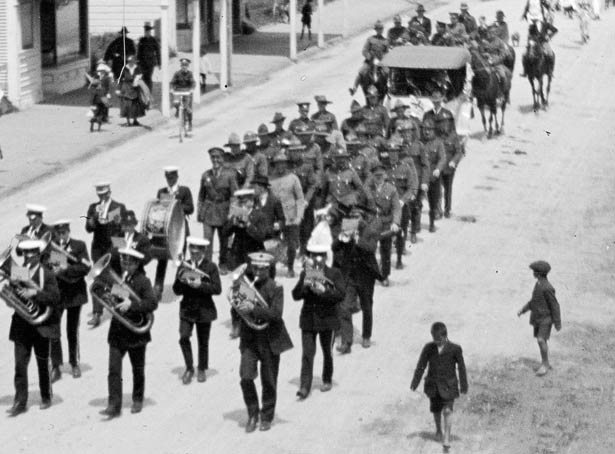
After four terrible years, fighting in the First World War finally ended with the signing of an armistice between Germany and the Allies on 11 November 1918. On the 11th hour of the 11th day of the 11th month, the guns fell silent. New Zealanders celebrated enthusiastically, despite having recently celebrated the surrenders of the three other Central Powers – Bulgaria, the Ottoman Empire and Austria-Hungary – and the premature news of an armistice with Germany.
The celebrations for the various armistices had similarities with each other, with those held overseas, and with other celebrations in the past or near future. Bells rang, bunting went up, songs were sung and speeches made. More organised celebrations came later in the day or over the following days. Most people anticipated the armistice with Germany and made plans in advance.
Variations in the celebrations reflected the perceived importance of the various surrenders, the depth and spread of the influenza pandemic, and the forethought given to the preparations. The limited amount of advance warning and the disruption caused by the influenza pandemic contributed to the enthusiasm with which New Zealand’s official peace celebrations in July 1919 were embraced.

